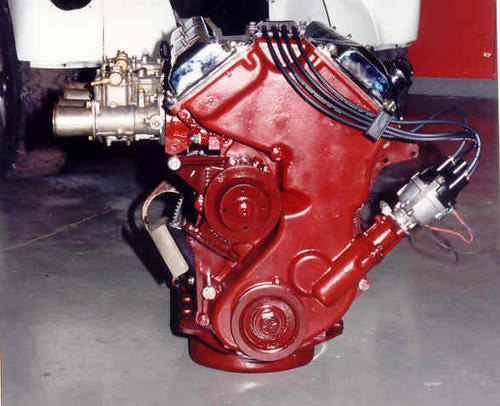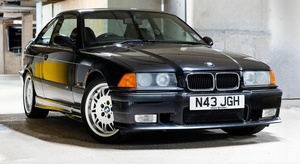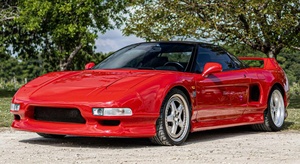I read the article on the MGA Twin Cam in the January 2002 issue and it was a well researched even handed presentation. And that isn't by any means a small feat as many magazine articles have been in error, often by just parroting previous mistaken articles.
I have owned and worked with and raced these cars since 1970 and in the early days no one knew why they were prone to piston issues, although the factory had some clue as they fitted a somewhat flexible mounting between the carb and intake manifold on their race cars.
They knew that pistons were getting burned on street engines, but paradoxically, they hadn’t been able to repeat that phenomenon on the dyno or on the race cars, which for the most part ran twin side draft Webers. It was only after production ended that it was discovered that there were two vibration periods, one down around 2,000 rpm, which didn’t do any harm, and one closer to 4,000 rpm, which caused the floats in the carbs to stop flowing into the float bowls, starving the engines, and causing holing of pistons.
John Thornley had always seen this model as something to be built in small numbers and guided into the hands of ‘special’ customers who intended to compete with the cars, but management insisted that production be increased despite his protests that insufficient development time was allowed. Turns out he was right, and if we want to play ‘what if’ and they had nailed the source of the piston issues before they had given enough problems to forever blot the reputation of Twin Cams, we would almost certainly have seen a special DOHC model of MGB (at extra cost of course and with perhaps 125 bhp or so, making the cars competitive with others like the Alfas for several more years.
While the blocks were essentially the same as the pushrod cars, there were many changes necessary to run the DOHC engines including a geared first stage from crank to half speed shaft, and a duplex chain drive from there to the cams. I first did a conversion using a Twin Cam head and chain drive parts to a competition 5 main bearing block in the late 1970s and a few others have followed since. If anyone wants details on the engine differences or the conversion process, see http://www.rhodo.citymax.com/f/Twin_Cam_conversion.pdf
That is not a street engine - it is a 1950 cc engine running what today is a conservative compression of 12:1, and still making power peaking at around 7,900 rpm (around 175 bhp, which is certainly possible in today's SCCA MGBs - but ask them what compression they run and how often they need to overhaul).
Engine out of car:

And in my TVR Grantura race car during development (easier to get at everything in that car)























